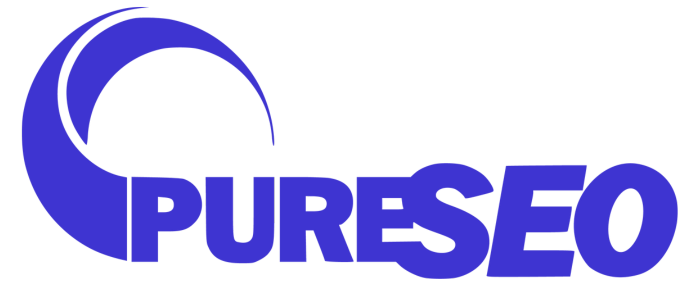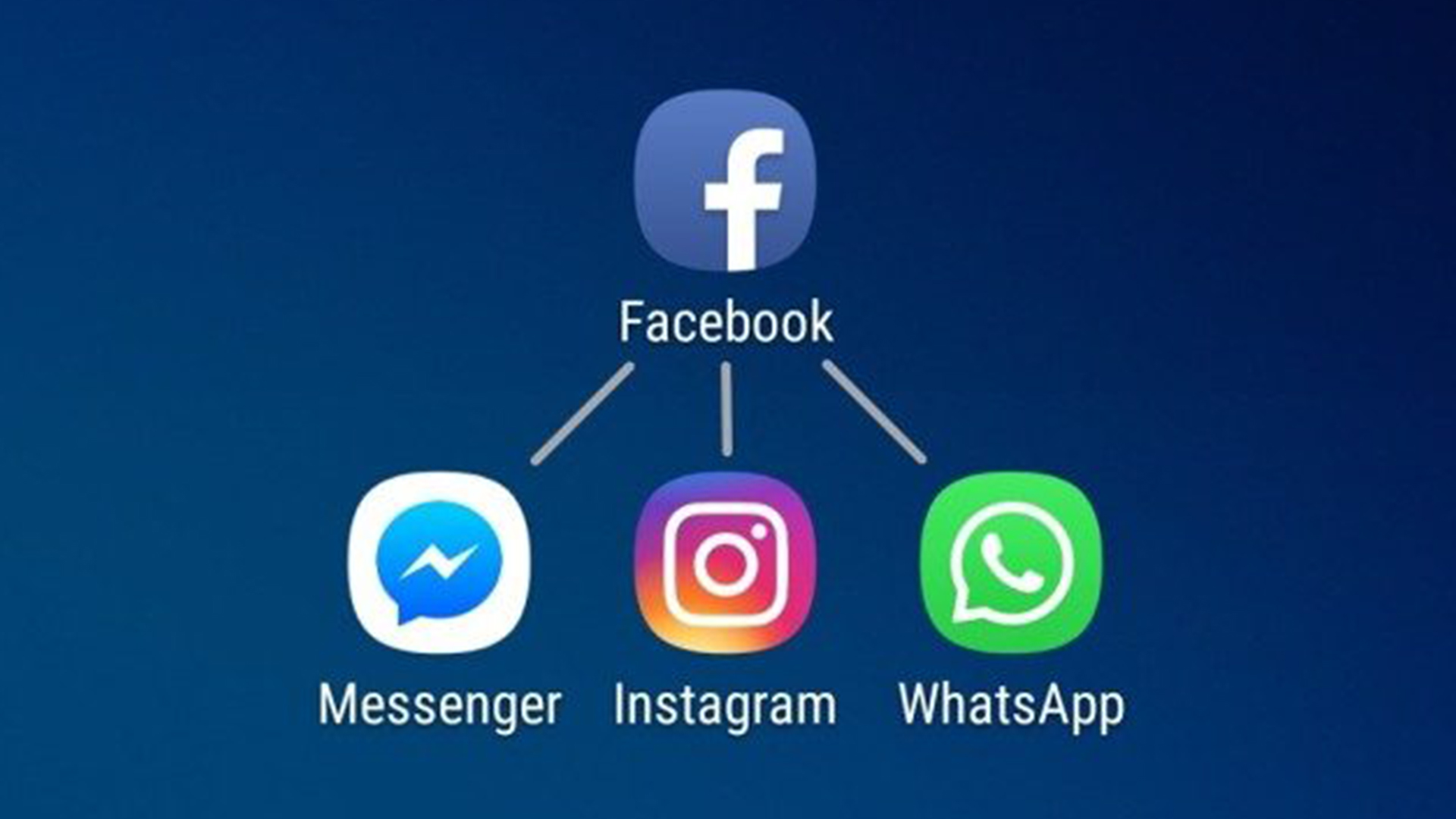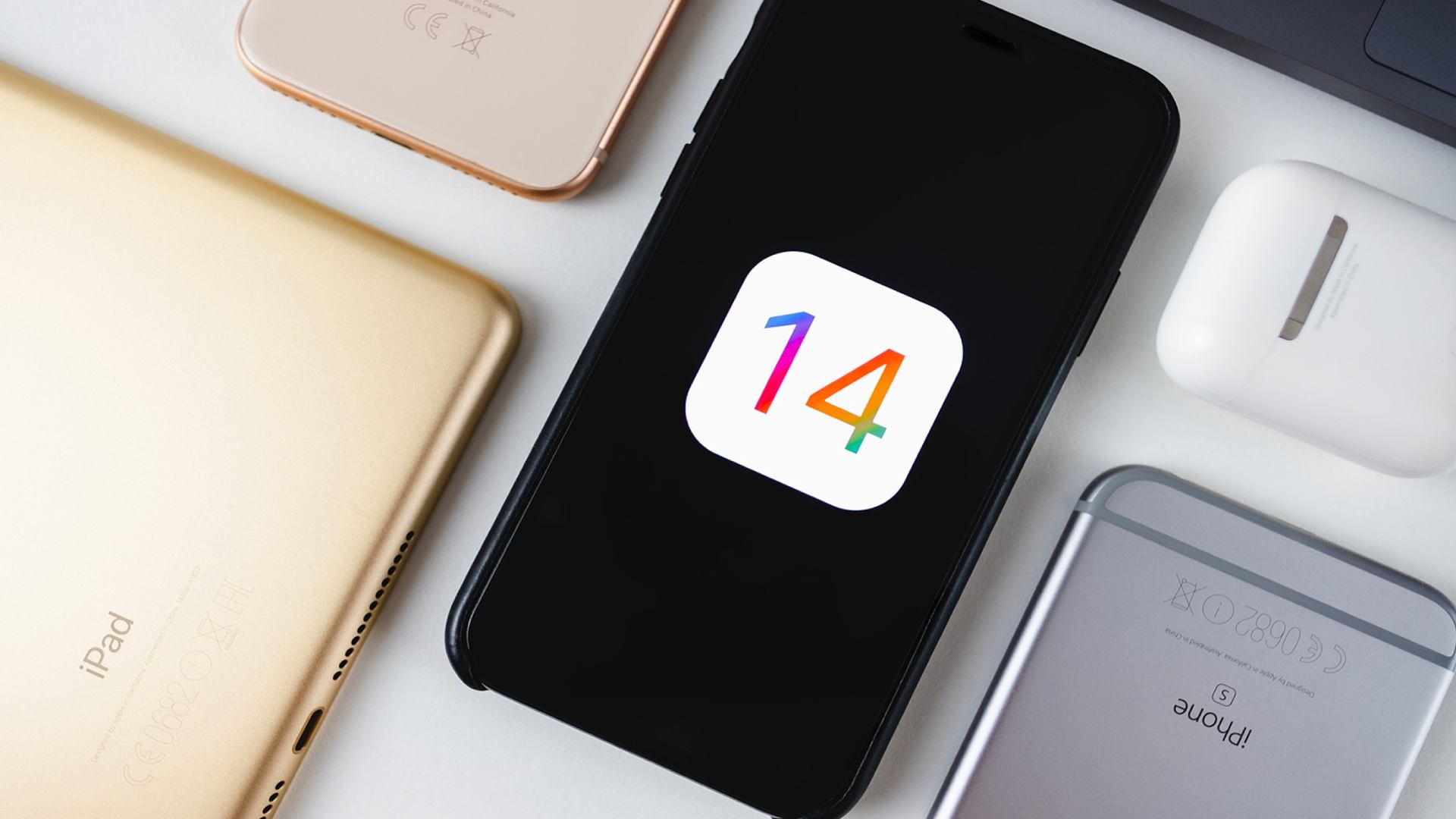
Your landing page is like the sweetly scented pool inside a trumpet pitcher plant. It’s role is to lure in visitors and get them to stay – albeit less tragically. Ideally, your landing page will have a high-converting lead generation form so you can collect valuable personal information from your new customers, in exchange for an offer such as a free guide on landing page optimisation (hint hint).
A SalesForce study found that ‘companies that excel at lead nurturing generate 50% more sales-ready leads at 33% lower cost.’ The landing page represents a crucial moment, where action or inaction will occur. It’s a very important component of your website and there are certain things to keep in mind when creating a results-producing landing page.
5 Ways to Optimise Your Landing Page for Lead Generation
So how can you turn your landing pages into lead generating machines? Follow these five proven methods.
Layout
People are browsing the net through so many different devices, all with varying screen sizes. Check that your landing page fits nicely on every screen size, and if it doesn’t, fix it. Visual pleasure heavily influences the user experience, so get your lines aligned.
An ideal landing page will also work with the average web browser’s attention span. Place the form above the fold, or the halfway mark, of the page. This is where engagement peaks, and people tend to lose interest as they scroll down. Put it where they can see it and make sure it grabs their eye.
Strong Call-to-Action
Placing the call-to-action next to the form is an effective way to attract customers. A call-to-action or a CTA is where lead conversion occurs. It’s what you use to pull in the visitor. A CTA is usually a button with a single word or phrase, such as ‘Download’ or ‘Contact Us’ and is very specific in its demands. The colour of the button matters; read more about colour psychology here.
Privacy Policy
Reassurances such as ‘No Spam’ or ‘Unsubscribe Anytime’ builds trust and reduces the rise of sceptical thoughts. People are more likely to pass over personal information such as their name, email address and occupation if they can trust you (even a little bit) to respect their privacy.
Less is More
Get rid of anything redundant. You want your landing page to attract customers, not bombard them with excessively clever lines and tricky designs. Include lots of white space to give your visitor some digital breathing space and remember, you’re asking for their permission. Their information is more valuable than your offer. Bottom line: don’t overdo it.
Break the form into sections. Ask for a name in the first block and then move onto other details. This will increase the chance of a visitor filling out a form as they’ll have the sensation of jumping hurdles. One done, why not keep going? Make some form fields optional and mark them with bold asterisks.
Social Proof
Humans have a herd mentality, so showing your business is trusted by a large following will increase the chances of your visitor trusting you enough to fill out the form. Include testimonials and client logos on your landing page.

















